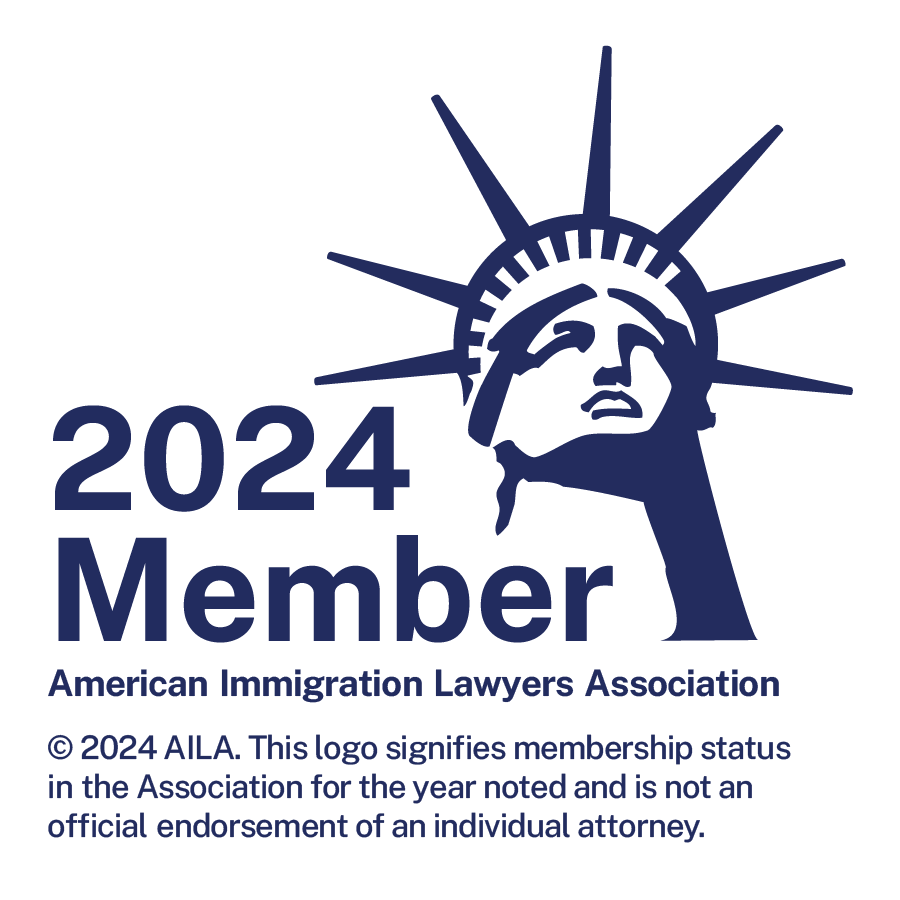A Message To Our Clients and The Community:
Cantey Hanger LLP has been a proud member of the Texas legal community for over 130 years. We have always worked hard to provide expert legal service in the past, and we strive to provide you with that same professional, yet compassionate service as we face these challenging times.
During the COVID-19 emergency, we are taking precautions to protect the safety and well-being of our clients, our attorneys and staff. We are following City of Dallas, City of Fort Worth, State of Texas and the Centers for Disease Control and Prevention (CDC) recommendations for managing the spread of the virus. At the same time, we are watching and coordinating with our local business community to lessen the impact on our workplace, as well as yours.
Cantey Hanger is open and doing business. Be assured that we are continuing to work on your legal matters and are prepared to address your future needs. Like you, we are dedicated to the use of technology to allow our attorneys and staff to work from home, supporting our families and the community. We are a call or click of the mouse away. You will still be able to contact us by telephone, email, fax, or videoconference, so reach out when you need us.
If you have a matter in the courts, most Texas courts are open; however, many are holding telephonic hearings and rescheduling non-emergency matters. Your attorney or our staff will keep you updated on your case and any upcoming hearings or pressing issues. Most court filings are done electronically across the nation, so there should be little interruption in our ability to continue advocating on your behalf.
For your business needs, we continue to confer with clients daily on COVID-19 and other challenging and novel legal issues. Whether it is an employment issue, contract interpretation, immigration matter or general business advice, our attorneys are continuing to provide service, but doing it just a little farther away than usual. We are sailing in uncharted waters, but Cantey Hanger has the expertise to navigate them safely for your company and employees, as well as for you and your family.
Please contact me or any of our legal professionals with questions or concerns, and know that while dedicated to maintaining the safety of our clients, colleagues and staff, we stand ready to serve you.
Brian C. Newby
Managing Partner



